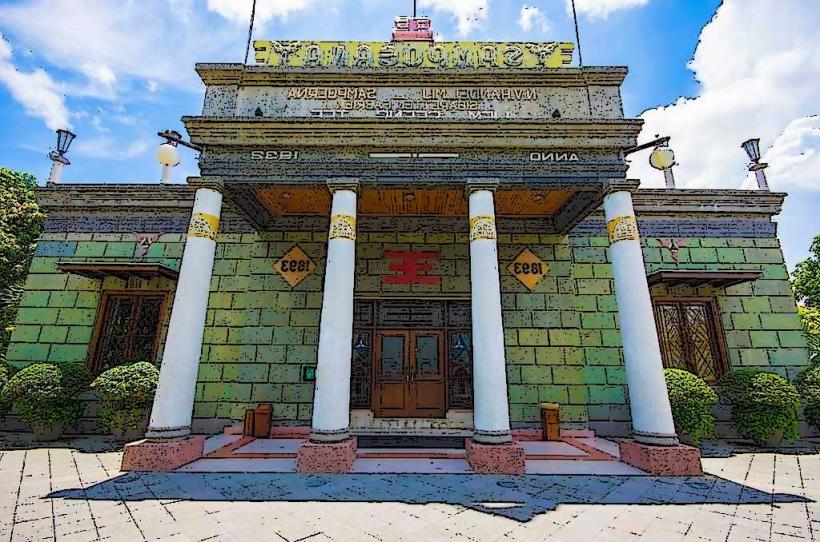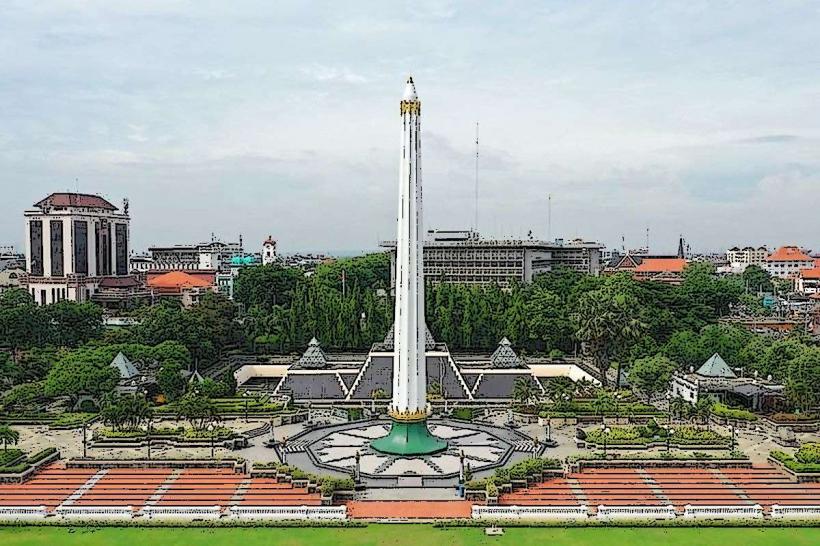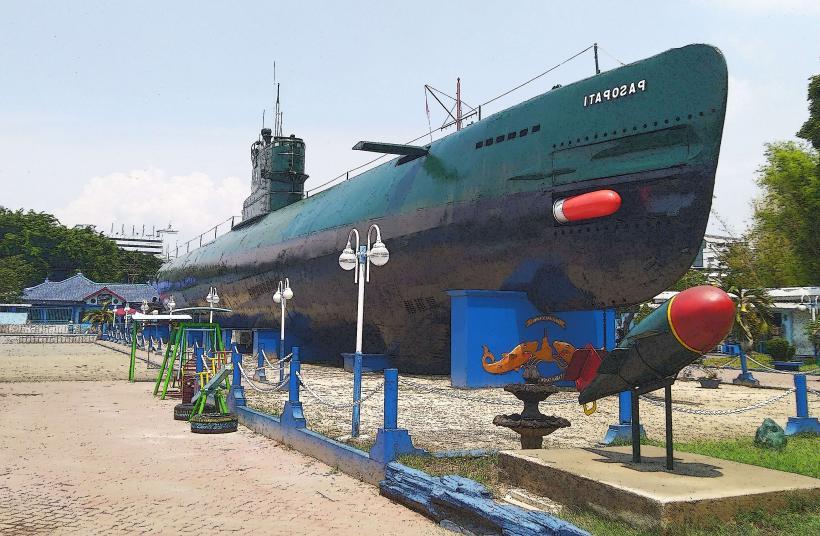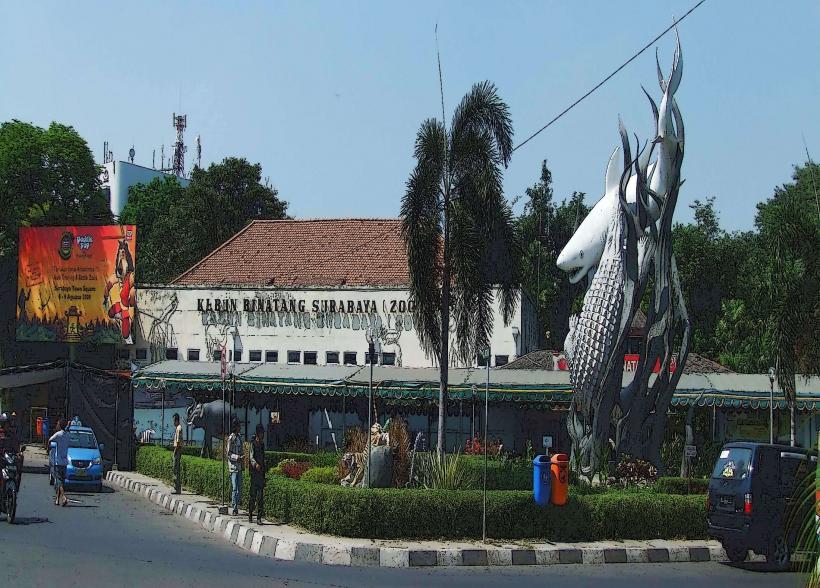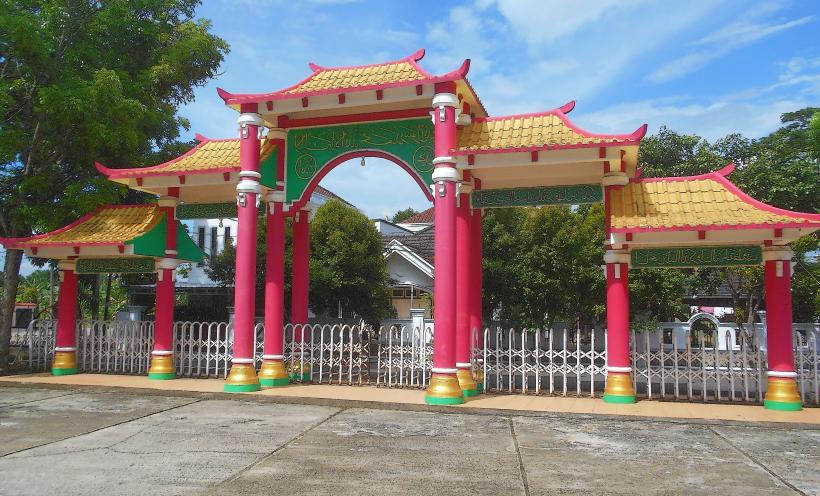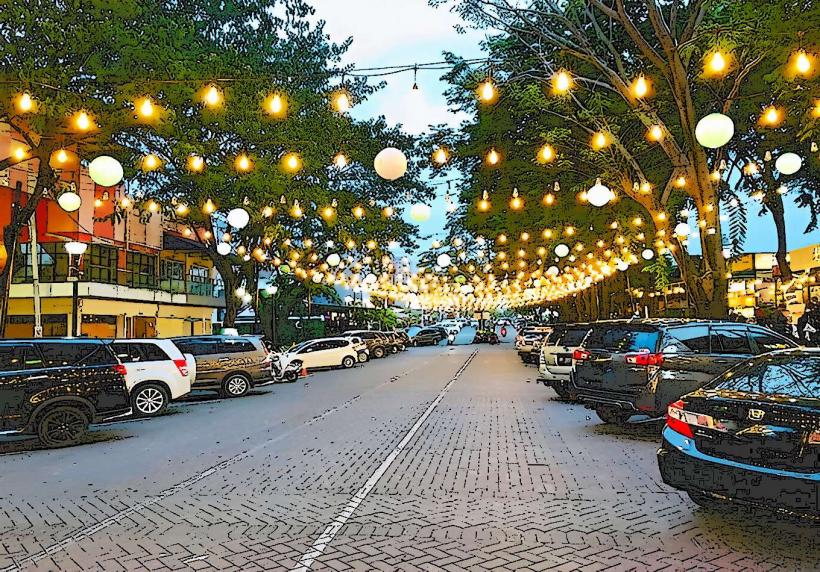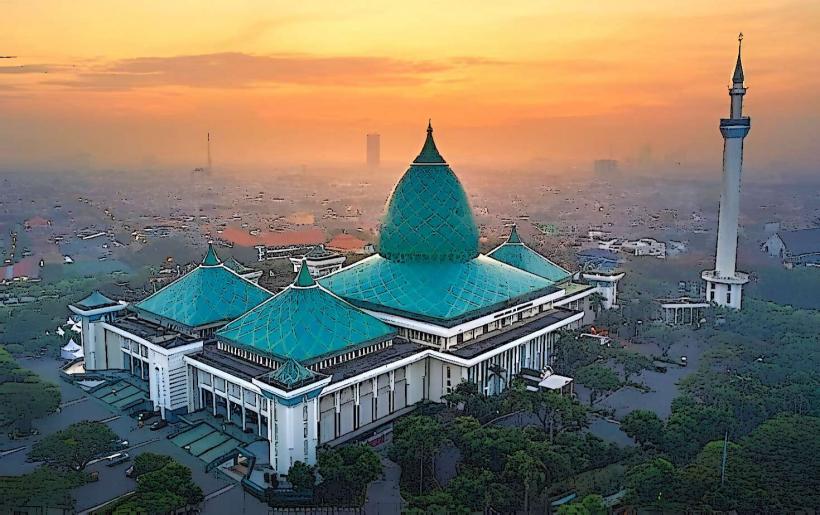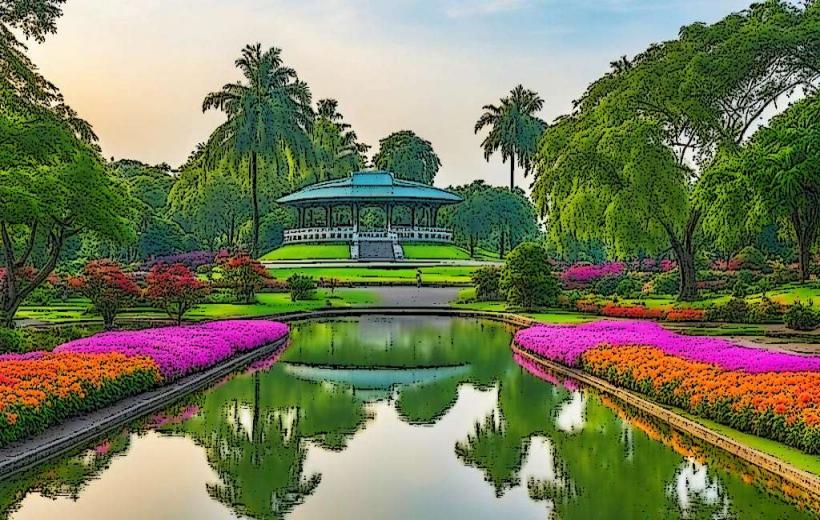Information
Landmark: Sanggar Agung TempleCity: Surabaya
Country: Indonesia
Continent: Asia
Sanggar Agung Temple (Vihara Sanggar Agung)
Sanggar Agung Temple, also known as Vihara Sanggar Agung, is a prominent Chinese Buddhist temple located in Surabaya, East Java, Indonesia. It is well-known for its stunning architecture, serene atmosphere, and significant cultural and religious value to the local Chinese community. Situated near the Kenjeran Beach, the temple offers a peaceful space for worship, reflection, and cultural exploration.
Overview
- Name: Sanggar Agung Temple (Vihara Sanggar Agung)
- Location: Kenjeran, Surabaya, East Java, Indonesia.
- Religious Affiliation: Buddhist, with a focus on Mahayana Buddhism.
- Established: The temple was founded in 1999.
- Architectural Style: Traditional Chinese architecture with distinctive elements influenced by Buddhist and Taoist design.
Architectural Features
Grand Entrance Gate
- The temple is characterized by its impressive entrance, a grand pagoda-style gate adorned with intricate carvings and Chinese motifs. This sets the tone for the grand architecture inside.
Main Temple Building
- The main hall houses several statues of Buddha, along with a variety of deities and icons representing Mahayana Buddhism.
- The temple is built with traditional Chinese architectural elements, including red and gold colors, ornate wooden carvings, and decorative columns.
- The altar is beautifully adorned, and the walls are decorated with images depicting scenes from Buddhist mythology.
Giant Kwan Yin Statue
- One of the temple's most famous features is the massive statue of Kwan Yin (Guanyin), the Goddess of Mercy. Standing at 20 meters tall, the statue is a central focal point and a symbol of compassion.
- The statue is located on a small hill next to the temple and is visible from afar, making it a striking landmark in the area.
Surrounding Gardens
- The temple grounds are surrounded by serene gardens and ponds, adding to the peaceful ambiance of the site.
- Beautiful lotus flowers, bonsai trees, and traditional Chinese garden design elements create a tranquil environment for meditation and prayer.
Dragon Statues
- The temple is decorated with intricate dragon sculptures and carvings, reflecting the importance of dragons in Chinese culture as symbols of power, wisdom, and good fortune.
Taoist Influence
- While primarily a Buddhist temple, Sanggar Agung also incorporates elements of Taoism and Confucianism, which are common in Chinese temples. These elements can be seen in the temple’s iconography and rituals.
Religious and Cultural Significance
Buddhist Worship and Festivals
- The temple serves as a place for Chinese Buddhists in Surabaya to worship and celebrate important Buddhist festivals such as Vesak (Buddha's birthday), Chinese New Year, and the Hungry Ghost Festival.
- Daily prayers, meditation sessions, and Buddhist rituals are held, drawing both local devotees and tourists interested in learning about Chinese Buddhism.
Cultural Integration
- Sanggar Agung Temple represents the rich Chinese heritage and Buddhist traditions in Surabaya. It is a symbol of the harmonious integration of various Chinese cultural practices with Indonesian life.
- The temple is a center for the local Chinese community to gather and maintain their cultural identity while embracing the local culture of Surabaya.
Tourism and Education
- The temple is a popular spot for tourists and locals alike, especially those interested in cultural tourism, spiritual journeys, and architecture.
- Visitors can learn about the history and practices of Chinese Buddhism, as well as observe religious ceremonies and offerings.
Visiting Information
Location
- Address: Jl. Raya Kenjeran No. 79, Surabaya, East Java, Indonesia.
- The temple is located near Kenjeran Beach, making it a great stop for those exploring the area.
Opening Hours
- Daily: 8:00 AM – 5:00 PM.
- The temple is open to visitors throughout the day, but early mornings and late afternoons are quieter and more peaceful for those who wish to reflect or meditate.
Entry Fee
- There is generally no entrance fee, but donations are welcomed to help maintain the temple and its activities.
Dress Code
- Modest attire is recommended, especially when entering the temple’s prayer hall.
- Visitors are encouraged to remove their shoes before entering the main temple.
Accessibility
- The temple is accessible by car, public transportation, and ride-hailing services. There is ample parking space available for visitors.
Nearby Attractions
- Kenjeran Beach: Located close to the temple, a popular destination for a relaxing day by the sea.
- Submarine Monument: A unique landmark in Surabaya featuring a decommissioned submarine turned into a museum.
- Sura and Baya Statue: A statue symbolizing the legend of Surabaya, located near the port area.
- Ciputra Waterpark: A family-friendly water park for visitors looking for recreational activities.
Why Visit Sanggar Agung Temple?
- Cultural Heritage: Explore a unique fusion of Chinese Buddhist culture and Indonesian traditions.
- Spiritual Reflection: A peaceful environment conducive to meditation, prayer, and spiritual connection.
- Architectural Beauty: Admire the grandeur of the Kwan Yin statue, intricate carvings, and traditional Chinese temple design.
- Tourist Attraction: A must-visit for those interested in Surabaya's religious and cultural landmarks.
Conclusion
Sanggar Agung Temple is a remarkable destination for both spiritual reflection and cultural exploration. With its striking architecture, serene gardens, and the towering Kwan Yin statue, it is a beacon of Chinese Buddhist heritage in Surabaya. Whether you are visiting for worship, cultural learning, or architectural admiration, Sanggar Agung offers a peaceful escape and an enriching experience for all visitors.


